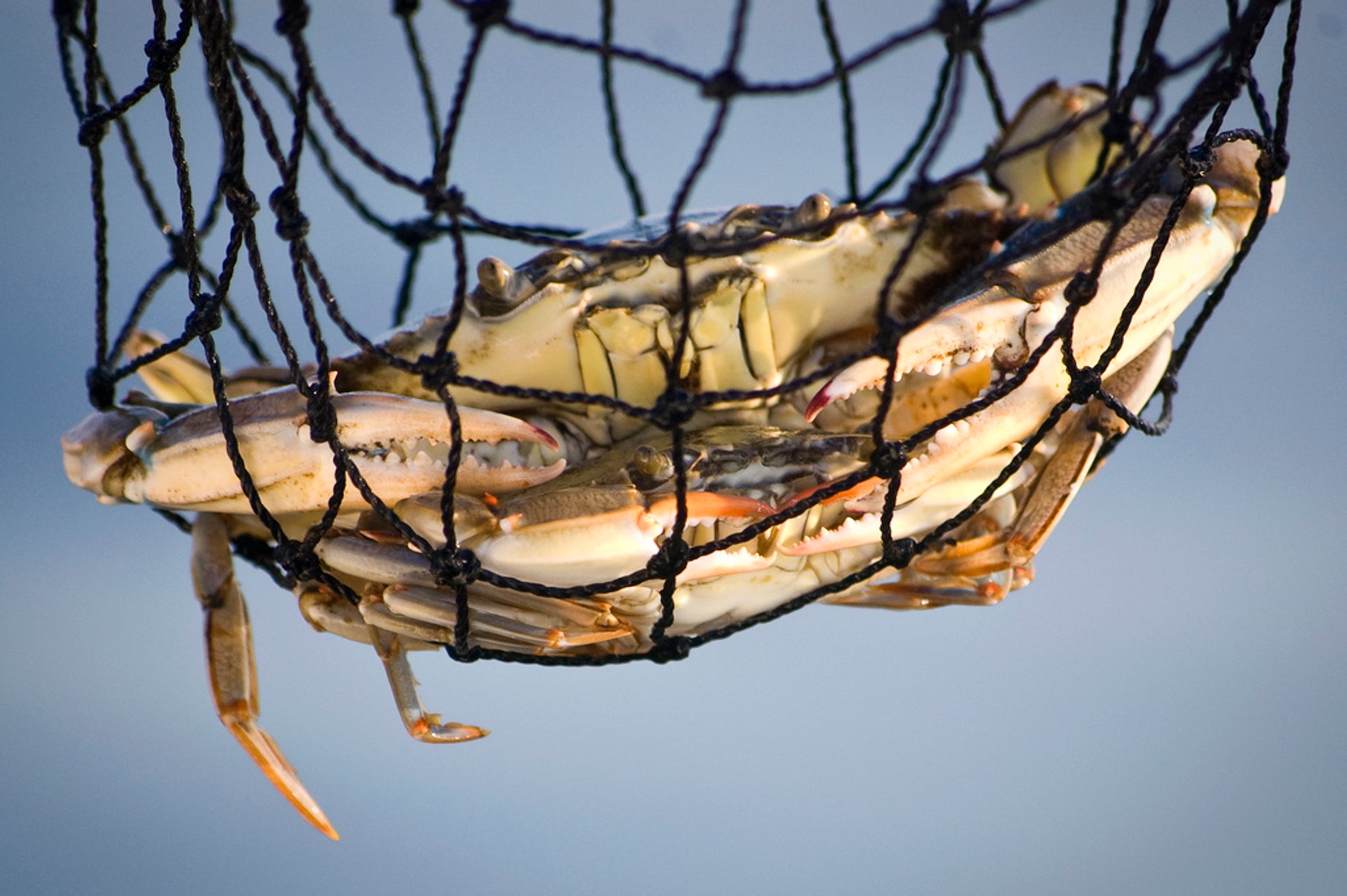
They are also a source of challenge for environmental professionals who are focused on larger regional, national, or even global issues. These types of framing conflicts are, unfortunately, all too common in environmental issues. Pennsylvania and New York are lagging behind pace. As of last year, Maryland and Virginia, the states with coastline on the Bay, are on track to meet their pollution reduction requirements. Interestingly, the Maryland Farm Bureau stayed pretty quiet on the matter. When the supreme court declined to even hear the case, it was immediately hailed as a victory by Maryland and a grave misstep by the Pennsylvania Farm Bureau. The American Farm Bureau Federation attempted to sue the EPA when they set in place a “Total Maximum Daily Load” of pollution from fertilizer, animal waste, and wastewater that was allowed to wash down stream into the Chesapeake. So it should be no surprise that Maryland’s interstate effort to enforce pollution controls has been met with resistance. It’s not that you don’t care, per se, but more that you don’t have any cultural incentive to place a clean Chesapeake Bay above the financial engine of your own family. But, if you’re a hog farmer in New York state for who sees pollution control measures as financially onerous and has never known anyone living near that downstream water, the importance of Bay health will likely fall outside of your frame of importance. If, for instance, your family has lived for 8 generations in a small town economically dependent on crab, oyster, and fish harvests from the Chesapeake, you’re likely to frame Bay restoration as very important. A cognitive frame is an underlying and near unconscious set of concepts that we all use when forming ideas about the world around us. Or, to put it in sociological terms, how you frame the issue. Whether or not the clean-up of the Chesapeake Bay seems imperative to you largely revolves around how you see the issue culturally. Unsurprisingly, people get defensive if they feel this is the suggestion. So when these communities are confronted and told to stop causing a pollution problem for a body of water they don’t have a cultural connection to, it tends to be viewed as a demand to diminish their community so another can benefit. The farms growing crops and livestock that line streams leading to the Chesapeake, however, probably do. If you live in Pennsylvania or New York, the Bay and its crabs likely don’t hold much cultural importance for you. The watershed that feeds the Chesapeake Bay comes from six states and the District of Colombia, but the Bay itself only has shoreline in Maryland and Virginia. One hint of something that endangers blue crab stocks and people demand the issue be combated. The blue crab holds that high level of symbolism for Marylanders in the fight to clean up the Chesapeake. But when you learn that polar bears are dying, you’re much more likely to do something. After all, it’s difficult to get emotionally charged about shrinking ice sheets.

Everything from limiting climate change to banning arctic oil drilling has used the polar bear as a symbol for general conservation of the arctic region. The polar bear is a particularly good example of this. Often the push to preserve these species is tied to a larger conservation effort. Giant pandas, humpback whales, grey wolves, and cheetahs are good examples. You typically see the term applying to large mammals. Conservationists refer to them as charismatic megafauna. There’s a term for this type of highly symbolic species. The blue crab, closely associated with and dependent on the Chesapeake, make an exceedingly good rallying point for citizens determined to preserve this water. Given the cultural, economic, and symbolic importance of the Bay to Maryland, it’s preservation and clean-up are extremely important here. The Chesapeake is the largest estuary in the United States. The Bay, in turn, represents who we were, who we are, and who we hope to be in the future. To those in Maryland, the blue crab is a symbol: of history, of heritage, of identity, and of a damn good meal. Pictures of them pop up everywhere across the state from folk art to government documents.
#CHESAPEAKE BAY BLUE CRAB LICENSE#
There’s a picture of one on my driver’s license both front and back. Callinectes sapidus Latin for savory, beautiful swimmers. I may have only lived here for a year, but already I know the importance of the Chesapeake Blue Crab. One by one, the gathered lumps of blue crab meat descend and undergo their delicious metamorphosis. Finally, after all the work after all the effort of catching and cleaning the crab cakes are lowered into a frothing sea of molten butter.

It’s the sizzling sound of arthropod that bring the crowd around.


 0 kommentar(er)
0 kommentar(er)
